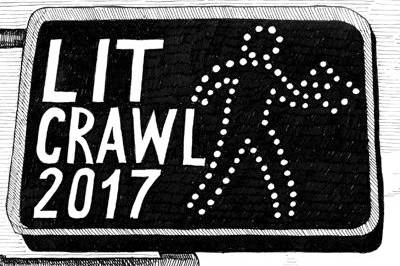One day in the not-so-distant future, Americans will look with shame and regret on the way we currently treat our prisoners. Over-incarceration abounds—particularly of African-American and Hispanic men—and rehabilitation is barely an afterthought. Drug crimes are still hugely over-represented—as of 2014, half of all prisoners sentenced to more than a year in prison were there due to the War on Drugs—and the race and class issues in our prison system are so glaringly obvious that to call them “subtext” would be insulting to the very concept of text.
One main reason America’s prison problem has been allowed to run wild for so long? The giant walls which do more than keep prisoners out—they prevent us from looking in. By keeping prisons outside our field of vision, and by making sure that prisoners can’t communicate with the outside world without intense scrutiny and censorship, the problems tend to recede from everyday life. “Out of sight, out of mind” is more than a cliché—for prisons, it’s practically an operating philosophy.
Arthur Longworth’s novel Zek: An American Prison Story begins with a prologue in which an unnamed prisoner finds a contraband copy of Aleksandr Solzhenitsyn’s prison novel One Day in the Life of Ivan Denisovich. (It’s perhaps not too much to assume that the prologue is at least partially autobiographical; Longworth did time at Washington State Penitentiary in Walla Walla for murder before his release in 2012.) He opens the cover and then . . .
Read the rest of this review in Seattle Weekly’s print edition or online at seattlereviewofbooks.com.
Paul Constant is the co-founder of The Seattle Review of Books. Read daily books coverage like this at seattlereviewofbooks.com.








